By Neenah Payne
The concept of “keystone species” was introduced by ecologist Robert Paine in 1969. A keystone species has a large effect on the community it supports. Keystone species increase the species biodiversity of a community and enhance stability of the environement. Without them, ecosystems are prone to collapse. No other species can fill the function or niche of a keystone species.
Because Native Americans have long understood the vital importance of collaborating with other species, the Americas were a veritable Garden of Eden with pristine waters and abundant healthy top soil. However, Water Is Life Festival: September 4 shows how threatened America’s water systems are now. The drying up of Lake Meade means people in the Southwest will soon no longer have water or electricity.
However, Americans are beginning to understand the essential roles “keystone” species like the wolf, beaver, and buffalo play in our health and survival. Return To Nature In The COVID Era explains that the re-introduction of wolves in Yellowstone National Park after 65 years radically enhanced the ecosystem. Wolves help keep forests and streams healthy which allowed many other animals to return and thrive.
How Wolves Change Rivers - George Monbiot says:
“This is the story of how wolves changed the course of the rivers in Yellowstone National Park. It is a story that explains trophic cascades; that all life is connected and any changes in the web of life affect all other species, even the way that rivers flow. This story teaches us that our action, great and small, can have dramatic effects on life itself. Instead of viewing each individual species as separate from the whole, we must begin to see how all life is interdependent upon one another.”
Why We Need Beavers -- Nature's Carpenters and Plumbers explains that beavers are both architects and engineers who radically transform ecosystems and create habitats for fish, insect, birds, and aquatic animals. The video below says, “Beavers are ecosystem engineers second only to humans”. They help protect against droughts, floods, and wildfires and provide habitats for about 80 species including mammals, fish, and birds while cleaning rivers.
Beavers: Nature's Hydrologist - Part 2 explains:
“When beavers make a series of dams and ponds within a drainage basin, the water cycle in the entire watershed is affected.….When Europeans came to America, they trapped beavers by the millions to ship beaver pelts to European countries, especially for making hats. The beaver loss was dramatic. Since the arrival of Europeans, the beaver population of the United States has dropped from perhaps 200 million to 10 million. If each of the lost beavers had built only a single acre of wetlands, then an area of more than 300,000 square miles — a tenth of the total land area of the United States was beaver-built wetlands. Now these wetlands are gone.”
If California had not gotten rid of its beavers, it might not have a “fire season” each year. It might not be dealing with such a devastating drought now. Texas suffered a “once in a 1,000-year flood” this year. Had it not gotten rid of its beavers, it might have been protected from such an historic disaster.
How Bison Are Saving America's Lost Prairie points out that Allan Savory: How Cows Can Save The World shows that Scientific American warns that the world’s remaining top soil will be gone within 60 years. So, unless we save our soils, we have just 60 harvests left. Industrial chemical agriculture is destroying our soils and our health. Since it ramped up in the 1970s, we’ve lost one third of the Earth’s topsoil.
When soils are damaged, the soil turns into dust in the process called “desertification”. About 60% of the world is turning into deserts -- pushing 40 million people every year off their land. By 2050, it’s estimated 1 billion people will be refugees of soil desertification. The soil, plants, animals, people, and the climate are connected in a fundamental way the West has only recently fully understood.
Allan Savory, Founder, Holistic Management, warns: “Poor land leads to poor people which leads to social breakdown”. Savory’s 2013 Ted Talk is among the TOP 100 MOST-WATCHED TED TALKS. It has been seen by over 8.5 million viewers and is going up by thousands a day. Savory explains why livestock -- now used on five continents on 37 million acres -- are the ONLY protection for soils and water and the ONLY way to save our civilization. Savory explains that when public opinion changes, government policy changes.
Bison help prairie get back to nature:
“At Montana's American Prairie Reserve, conservationists look to re-create an ecosystem that has nearly disappeared.”
Oysters Are A Keystone Species
Oysters are a keystone species because they provide architectural complexity that serves as essential habitat in which many other marine species find refuge from predators. They also provide important ecosystem services.
Eastern oysters are ecosystem engineers. In estuaries, bays, and lagoons, they attach themselves to substrate or other oysters to create large reefs. Reefs provide habitat, food, and a nursery for fish and crustaceans as well as a shelter for smaller organisms to protect themselves from predators. Oyster reefs are known to combat coastal erosion by acting as a buffer against the waves.
The Eastern oyster, also known as the American oyster and the Gulf Coast oyster, is the most popular mollusk on the Gulf Coast. They can be found all along the Eastern coast of the United States in saltwater bays, lagoons, and estuaries. Not only is this filter feeder a delicacy to Gulf Coast locals and tourists alike, it is also a natural habitat for small marine organisms such as sponges, crabs, and fishes.
“The eastern oyster, Crassostrea virginica, is an important keystone species in Great Bay Estuary, NH. As an ecosystem engineer, oysters provide several ecosystem services to both people and wildlife. Oysters filter excess nutrients and suspended solids from the water column improving water quality and clarity.
In addition, oyster reefs provide important habitat for fish and invertebrates by building large vertical complex reef structures (Coen et al., 2007). Historically, Great Bay Estuary was filled with acres of healthy oyster reef. However, due to pollution, disease, sedimentation, and historical harvesting, these numbers have decreased by over 90% resulting in only a little over a 100 acres of oyster reef today. With this drastic loss of oyster reefs, Great Bay has experienced a similar loss in the important ecosystem services that oysters provide to estuarine ecosystems.
For this reason, The Nature Conservancy (TNC) of New Hampshire has been working collaboratively with The University of New Hampshire’s Jackson Estuarine Laboratory (UNH-JEL) to restore oyster reefs to Great Bay since 2009. The Oyster Conservationist (OC) Program is an important community engagement component of oyster reef restoration in Great Bay.”
“The Eastern Oyster (Crassostrea virginica) is our most valuable coastal resource, providing critical habitat for fish and invertebrate species, shoreline stabilization, water quality enhancements and numerous other ecological functions. The compounding effects of increased fishing pressure in smaller areas, hurricanes, tropical storms, droughts, flood events and unscrupulous actions by some within the commercial oyster industry have resulted in unprecedented destruction and loss of our public oyster reefs.
Here are just a few reasons why oysters are so valuable to our marine ecosystems. Feel free to click on the literature cited to further review the supportive documentation. Oysters are filter feeders, consuming phytoplankton (free-floating microscopic algae) and improving water quality while filtering the water for food. One oyster can filter more than 50 gallons of water in 24 hours. As generations of oysters settle on top of each other and grow, they form reefs that provide structured habitat for many fish species and crabs.”
Ecosystem Benefits Provided by Oysters
Oyster Reefs: A Key To The Health of Our Estuaries
The video below explains that oysters provide habitats for 300 other species of plants and animals including shrimp and crabs. The Amazing Oyster - Oyster Reefs:
“In many parts of America's Atlantic coast, the eastern oyster (Crassostrea virginica) is a keystone species. Terri Fox of The Nature Conservancy explains how oysters provide crucial habitats for other organisms.”
“Most of us who love the Chesapeake Bay know that oysters once existed in storied numbers in an earlier time, long before poor water quality, disease, and harvesting nearly put an end to Crassostrea virginica. Today as science has taught us so much more about these threats to the Chesapeake Bay’s health, we are thinking about an old question in a new way.
Were oysters once abundant because the Bay had clear, clean water or did the Bay have clear, clean water once because oysters were abundant? Not the unsolvable chicken and the egg riddle but a real world research challenge with profound consequences for the success of Bay restoration.
To help get the word out about this more enlightened way of seeing the lowly oyster, the Chesapeake Bay Foundation commissioned this film, to explore oysters not as just another tasty critter in the Bay’s bounty but rather as a keystone species with a remarkable, and it seems, indispensable ability to heal the Bay’s troubled waters.
The now familiar but still amazing statistic that a single oyster can filter and improve the water quality of up to 50 gallons of the Chesapeake Bay in a single day is just a starting point. How exactly does an oyster filter? What gets filtered out? Where does it go?
Oysters provide three broad types of services to a healthy ecosystem and this film is loosely organized around these. Oysters filter nutrient and sediment pollution from the water. Oyster reefs create important natural habitat for a variety of aquatic life. Oysters contribute to the whole of the Chesapeake Bay ecosystem making it stronger and more resilient.”
Governor’s Island Billion Oyster Project
The Billion Oyster Project began in 2014.
The shells shown below will first be used in a demonstration and will later be returned to the river to provide homes for oysters.
“Billion Oyster Project was founded in 2014 by Murray Fisher and Pete Malinowski, who envisioned a healthy, biodiverse New York Harbor — and who shared the belief that restoration without education is temporary.
Murray and Pete met at The Urban Assembly New York Harbor School, where Murray served as Director and Pete taught Aquaculture. The two found that when students are given real responsibility, like helping to restore a degraded New York Harbor, they rise to the occasion with great enthusiasm. Billion Oyster Project has expanded on that idea — offering public school students, volunteers, community scientists and restaurants the opportunity to learn about New York City’s rich oyster history and lead the movement to restore it.
What started as a project of the Harbor School has grown into a city-wide initiative across the five boroughs. We are so grateful to collaborate with thousands of individuals of varied ages and backgrounds, and hundreds of sustainability-minded organizations.”
Restoring oysters in one of the busiest ports in the United States is particularly challenging, but we have an amazing team and a dedicated community behind us.
So far, we have:
In the next 5 years, we hope to restore 100 million oysters to New York Harbor. Plus, we are currently piloting oyster setting processes that will allow us to scale to 25 million oysters per field season by 2024.”
The FAQ says:
“We are building oyster reefs and oyster nurseries across New York Harbor. Over the next 5 years, we hope to scale our capacity to restore 100 million juvenile oysters per year — on our way to introducing one billion oysters by 2035! Prior to the outbreak of COVID-19, we partnered with 75 restaurants in Brooklyn, Manhattan, and Queens to divert their oyster shells from landfills, and restore them to New York Harbor. Learn more about how recycled shells are becoming the foundation for restored oyster reefs.
We are trying to do something new! Oysters used to be plentiful in New York Harbor, but were virtually extinct by the early 1900s. With no large-scale precedent for restoring oysters in New York Harbor, we are learning as we “grow.” Restoring oyster reefs requires permission from local, state, and federal agencies. These permits are not only challenging to obtain, but require us to reduce the scale of our installations.
Water quality in New York Harbor is improving, but many pollutants persist, such as heavy metals. In addition, untreated wastewater from New York City is dumped into the Harbor almost every time it rains. As we restore oysters to New York Harbor, we need to be very careful that people don’t eat them.”
The Billion Oyster Project Is Restoring New York City’s Waterways, and Hopefully Its Lineups
Billion Oyster Project: Rebuilding New York Harbor's oyster population one shell at a time
How a Billion Oysters Are Set to Change New York’s Harbor
“The Billion Oyster Project is restoring the harbor, once oyster at a time. New Yorkers eat up to half a million oysters in local restaurants every week. However, what most people probably don’t know is that after they’ve shucked and guzzled, those empty oyster shells go on to help the city.”
Also see: FAQ05.docx - PDF (earthmatter.org)
Lenape Territory
Governor’s Island is on the land of the Lenape. The Lenape call it “Paggank”. The Lenape are a loose association of related peoples with similar languages and shared familial bonds. The Lenape territory spanned what is now eastern Pennsylvania, New Jersey, Lower New York, and eastern Delaware. The tribe's name Delaware is not Native American. English colonists named the Delaware River for the first governor of the Province of Virginia, Thomas West, 3rd Baron De La Warr. English colonists began to call the Lenape the "Delaware Indians" because of where they lived.
What Happened To The Lenape?
The True Native New Yorkers Can Never Truly Reclaim Their Homeland
The Original People and Their Land: The Lenape, Pre-History to the 18th Century
We Are Still Here! The Tribal Saga of New Jersey’s Nanticokeand Lenape Indians
See Governor’s Island American Indian Community House.
Neenah Payne writes for Activist Post and Natural Blaze

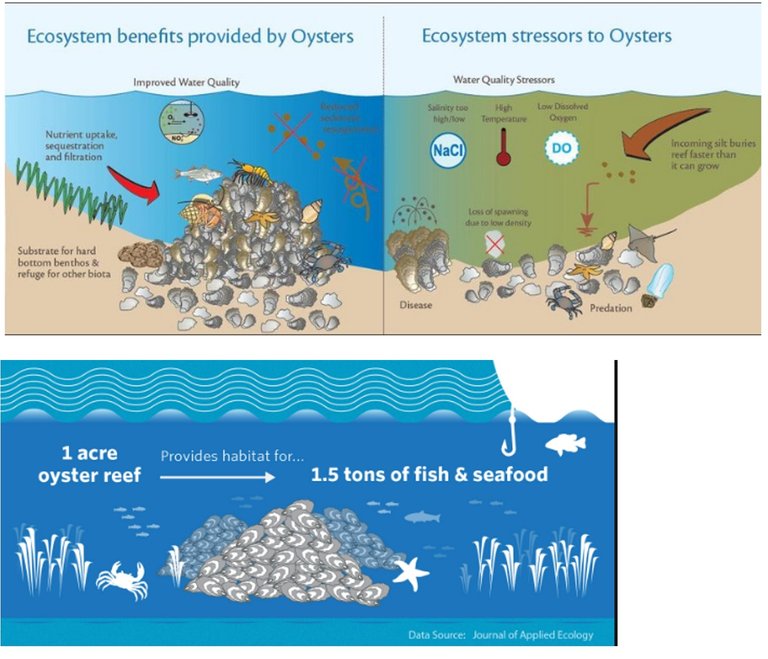


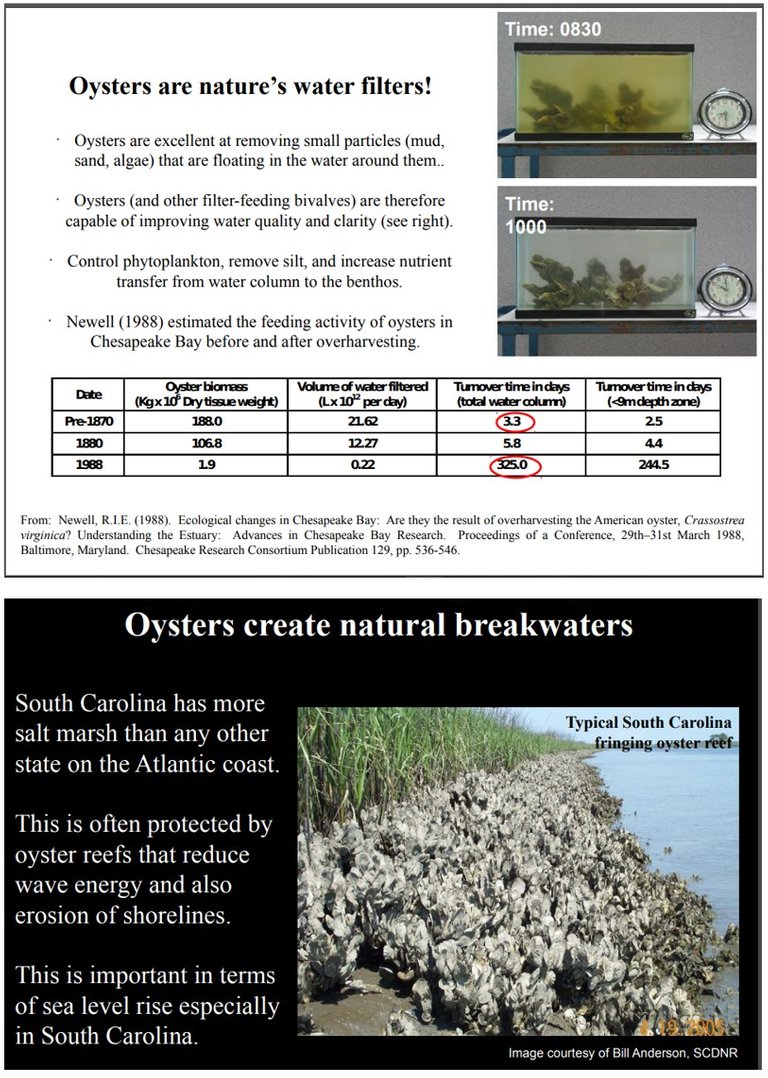


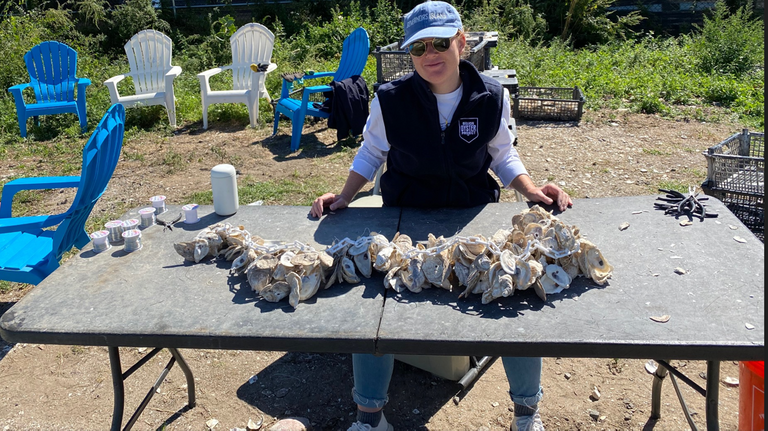
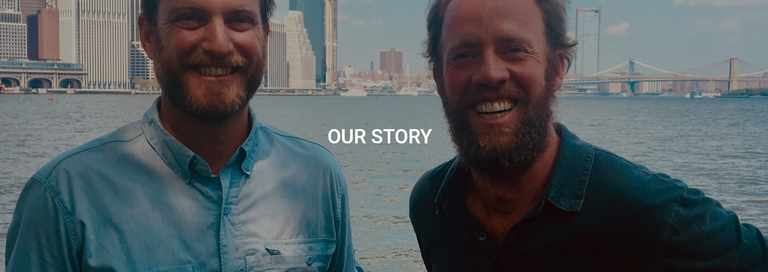



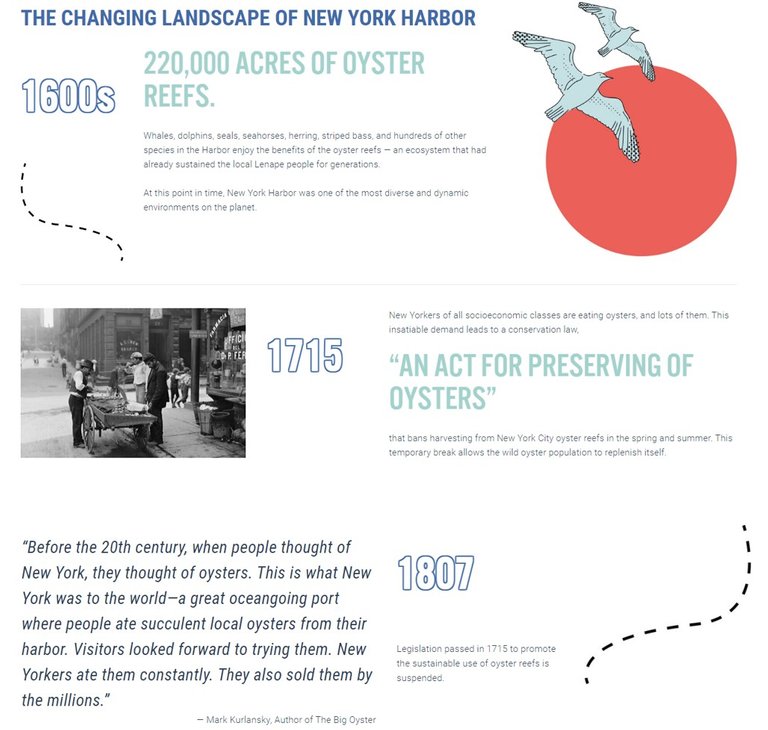
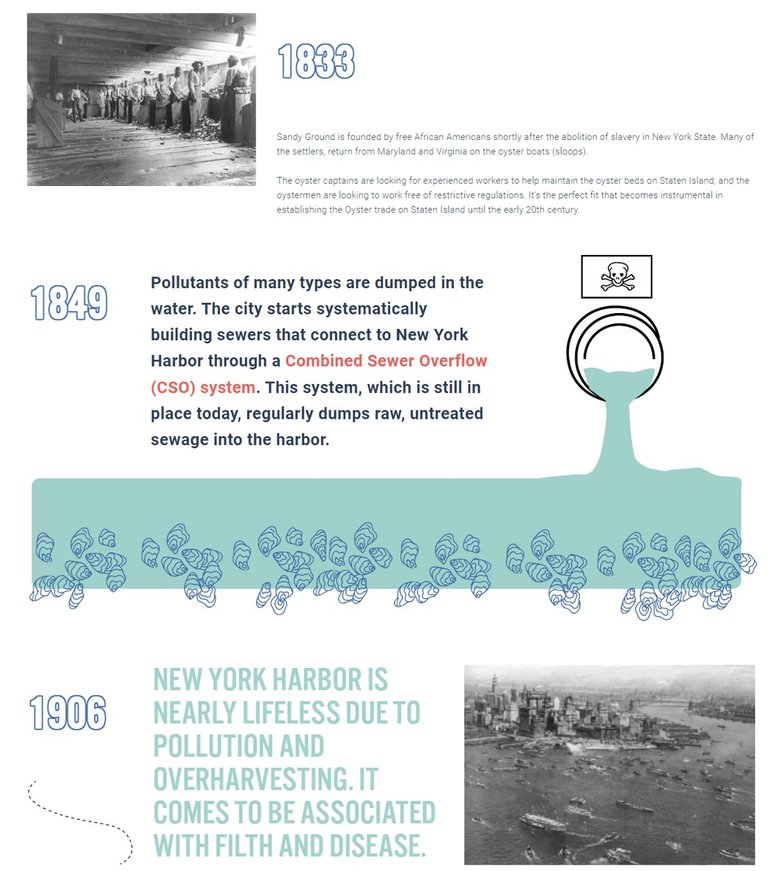
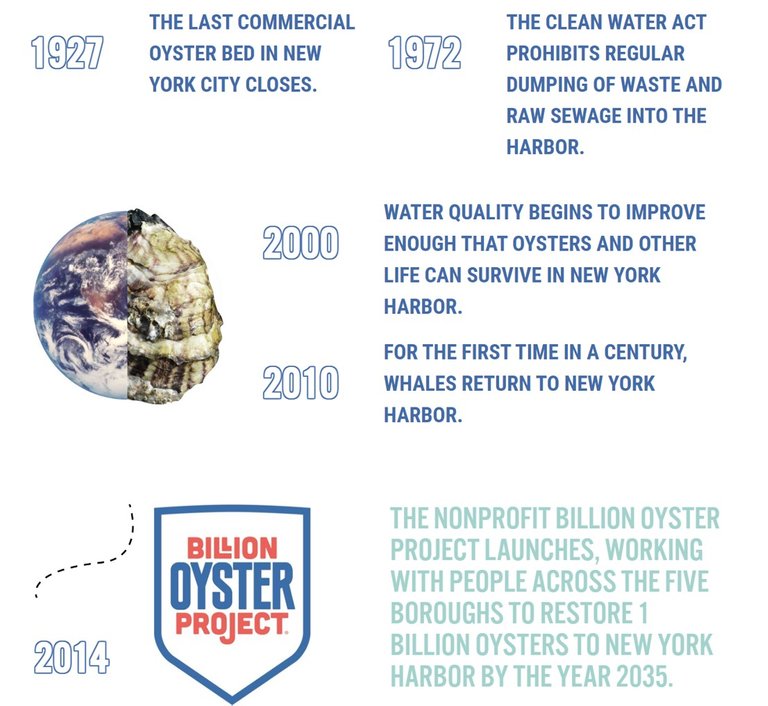



I didn't know so much about the value of oysters! May the effort to restore biodiversity to the bottom of New York prosper! Of course, what shocked me is the video with the value of Lykon and the interaction in relation to the flow of rivers!
I'm happy to hear that you dove into the topic. You're the best! By the way, if you don't see us for a while here, please do visit our websites directly. We love HIVE, but HIVE doesn't always love us it seems.
Unfortunately, I have noticed it. At first the accounts related to OCD, now I see the digital police of the platform (Hivewatcher) accusing you of plagiarism, that is, plagiarizing yourself! Anyway, I noticed your Hive activity dropped, but you've got a place in my bookmarks! In Greek the word truth is the word ΑΛΗΘΕΙΑ, the etymology of the word is Α + ΛΗΘΗ(Un + oblivion), which means what is true, it cannot be forgotten, it cannot be hidden! We keep fighting !
Strange how they define plagiarism, yes? I suppose all of those heavily cited science articles published in peer-reviewed journals would also be flagged. Or a college thesis. Very odd. I suppose we are expected to just show what we're eating at the moment and comment on that, like so many accounts here? Thanks again for your support!
I couldn't agree with you more! I got into cryptos to make money! I went on about the new possibilities we can have from blockchain technology. Unfortunately this doesn't seem to happen in Hive. Instead of a decentralized platform and a digital equality, I see centralism and absolutist attitudes!
Ps:...at the same time I am also uploading a low quality posts like my workout and my meals😁!
Haha, of course you are. I just mean that we're a news site, so what else are we supposed to do except share info and commentary? Yes, we got royally blacklisted by establishment platforms, Google, PayPal, etc. and now the same thing is happening here. Doesn't make sense. I guess someone will figure out the proper formula eventually. In the meantime, keep those meal and workout pics coming :-).
Thanks guys! 🙏
We humans are destroying the habitat of keystone species even though they are important to the environment. Earth is desertifying because of climate change. We are losing many species and will continue to lose them in the future. Earth is slowly losing its favorable environment for life. thanks for the great post, welcome to stemsocial community, they know value of a scientific post.
Source of potential text plagiarism 1
Source of potential text plagiarism 2
Plagiarism is the copying & pasting of others' work without giving credit to the original author or artist. Plagiarized posts are considered fraud.
Guide: Why and How People Abuse and Plagiarise
Fraud is discouraged by the community and may result in the account being Blacklisted.
Copying/Pasting content (full or partial texts, video links, art, etc.) with adding very little original content is frowned upon by the community. Publishing such content could be considered exploitation of the "Hive Reward Pool" and may result in the account being Blacklisted.
Please refrain from copying and pasting, or decline the rewards on those posts going forward.
If you believe this comment is in error, please contact us in #appeals in Discord.